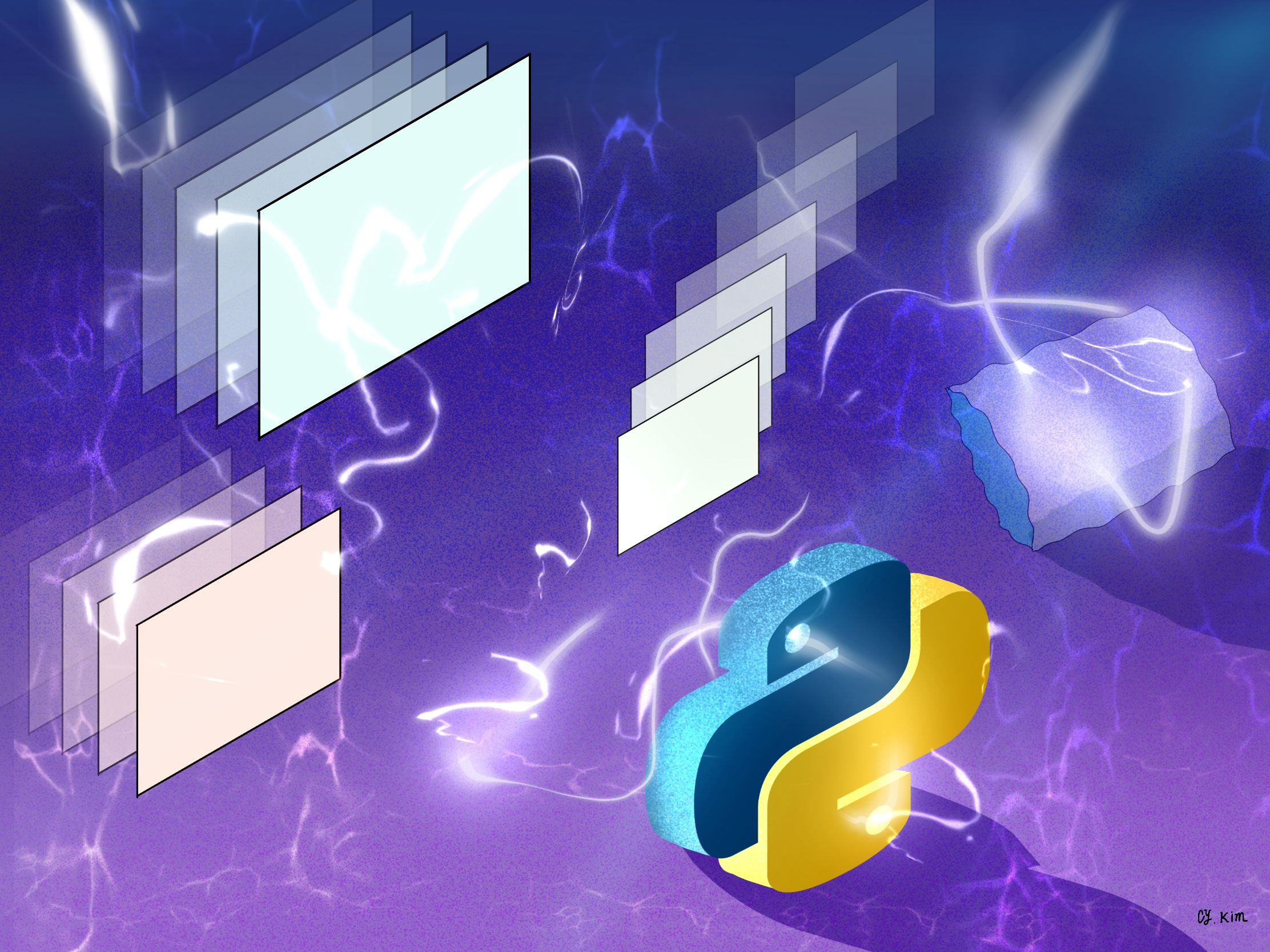

angles = angles def _call_ ( self, x ): angle = random. Import as TF import random class MyRotationTransform : """Rotate by one of the given angles.""" def _init_ ( self, angles ): self.

TrivialAugmentWide(num_magnitude_bins, …)ĭataset-independent data-augmentation with TrivialAugment Wide, as described in “TrivialAugment: Tuning-free Yet State-of-the-Art Data Augmentation”.ĪugMix(severity, mixture_width, chain_depth, …)ĪugMix data augmentation method based on “AugMix: A Simple Data Processing Method to Improve Robustness and Uncertainty”.

RandAugment data augmentation method based on “RandAugment: Practical automated data augmentation with a reduced search space”. The new transform can be used standalone or mixed-and-matched with existing transforms:ĪutoAugment policies learned on different datasets.ĪutoAugment data augmentation method based on “AutoAugment: Learning Augmentation Strategies from Data”.

In TorchVision we implemented 3 policies learned on the following datasets: ImageNet, CIFAR10 and SVHN. ImageNet policies provide significant improvements when applied to other datasets. Though the data augmentation policies are directly linked to their trained dataset, empirical studies show that RandomAdjustSharpness(sharpness_factor)Īdjust the sharpness of the image randomly with a given probability.Īutocontrast the pixels of the given image randomly with a given probability.Įqualize the histogram of the given image randomly with a given probability.ĪutoAugment is a common Data Augmentation technique that can improve the accuracy of Image Classification models. Solarize the image randomly with a given probability by inverting all pixel values above a threshold. Posterize the image randomly with a given probability by reducing the number of bits for each color channel. Inverts the colors of the given image randomly with a given probability.
#Image resize pil plus
Resize the input image to the given size.Ĭrop the given image into four corners and the central crop plus the flipped version of these (horizontal flipping is used by default).īlurs image with randomly chosen Gaussian blur. Vertically flip the given image randomly with a given probability. RandomResizedCrop(size)Ĭrop a random portion of image and resize it to a given size. Performs a random perspective transformation of the given image with a given probability. Horizontally flip the given image randomly with a given probability. Randomly convert image to grayscale with a probability of p (default 0.1). RandomCrop(size)Ĭrop the given image at a random location. Random affine transformation of the image keeping center invariant.Īpply randomly a list of transformations with a given probability. Pad the given image on all sides with the given “pad” value. Randomly change the brightness, contrast, saturation and hue of an image.Ĭrop the given image into four corners and the central crop. Transforms on PIL Image and torch.*Tensor ¶ The following examples illustrate the use of the available transforms: For reproducible transformations across calls, you may use Images of a given batch, but they will produce different transformationsĪcross calls. Randomized transformations will apply the same transformation to all the Have values in where MAX_DTYPE is the largest value Tensor images with an integer dtype are expected to Tensor images with a float dtype are expected to have The expected range of the values of a tensor image is implicitly defined by Tensor Images is a tensor of (B, C, H, W) shape, where B is a number Number of channels, H and W are image height and width. A Tensor Image is a tensor with (C, H, W) shape, where C is a The transformations that accept tensor images also accept batches of tensor Images and tensor images, although some transformations are PIL-only and some are tensor-only. This is useful if you have to build a more complex transformation pipeline Transforms give fine-grained control over the Most transform classes have a function equivalent: functional Transforms are common image transformations available in the


 0 kommentar(er)
0 kommentar(er)
